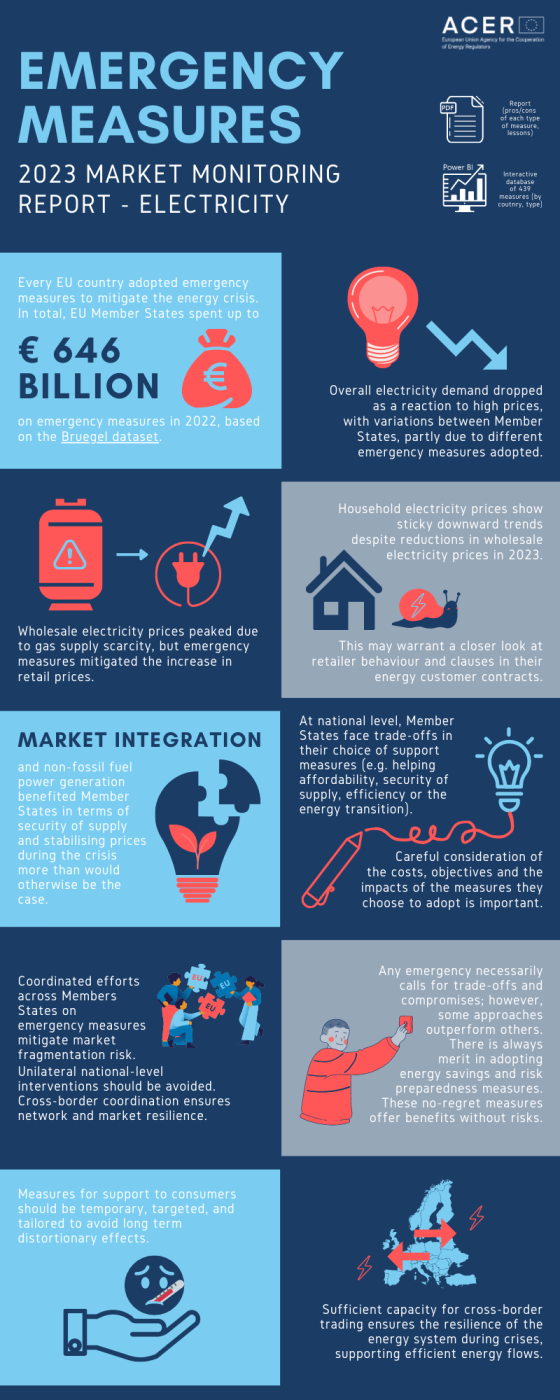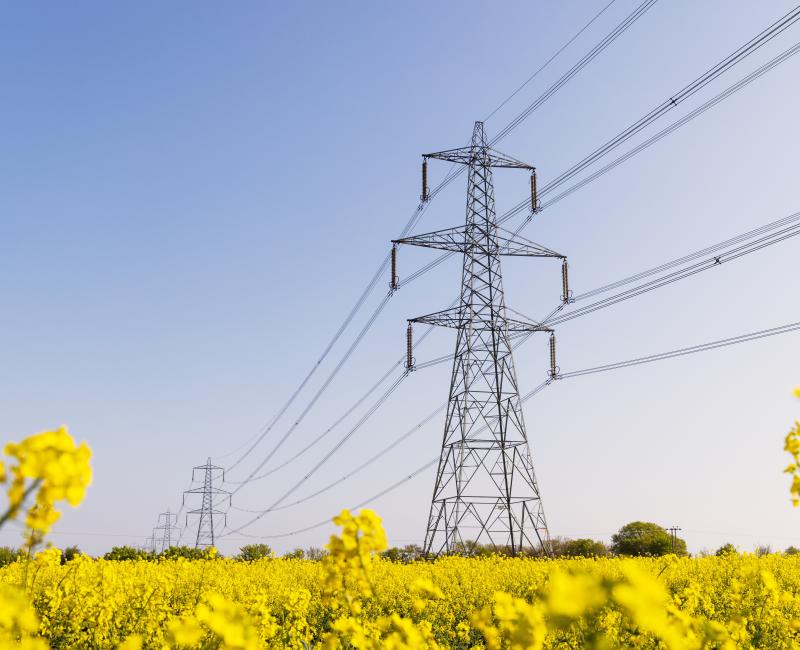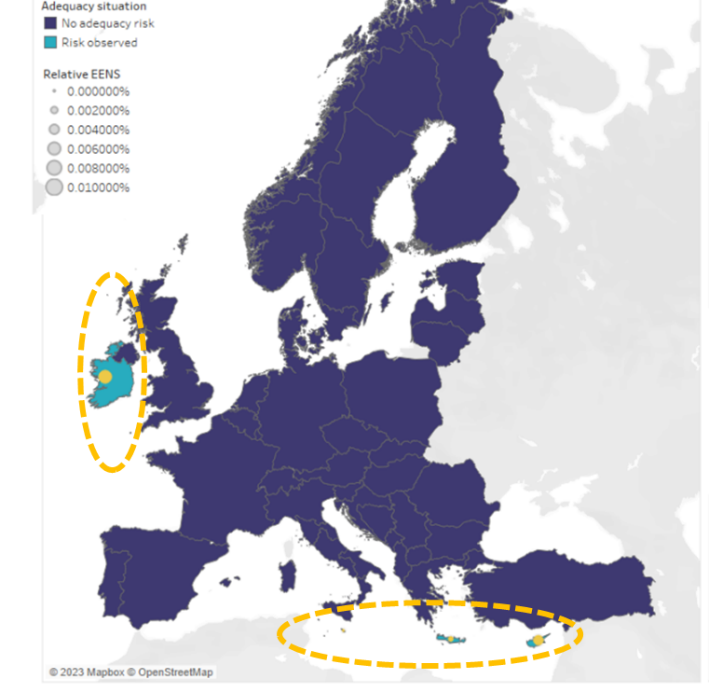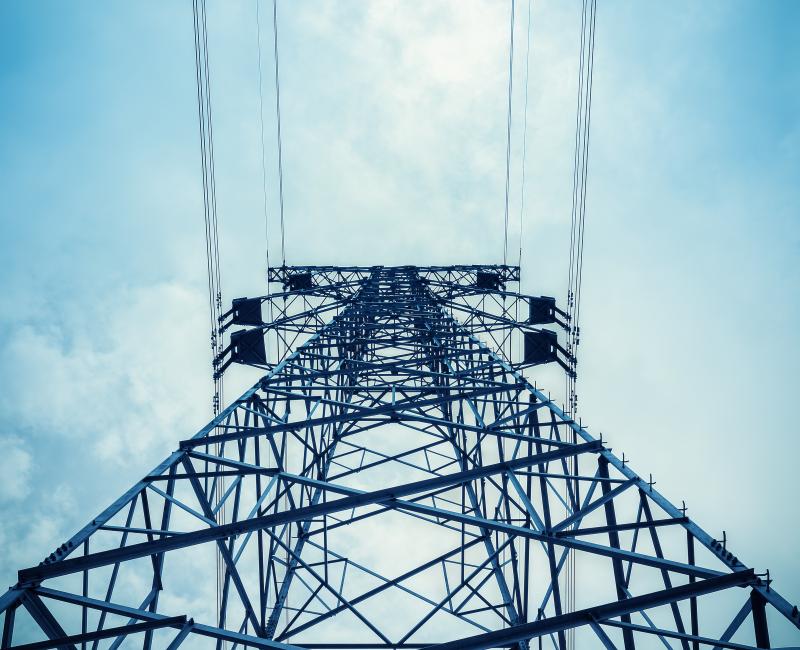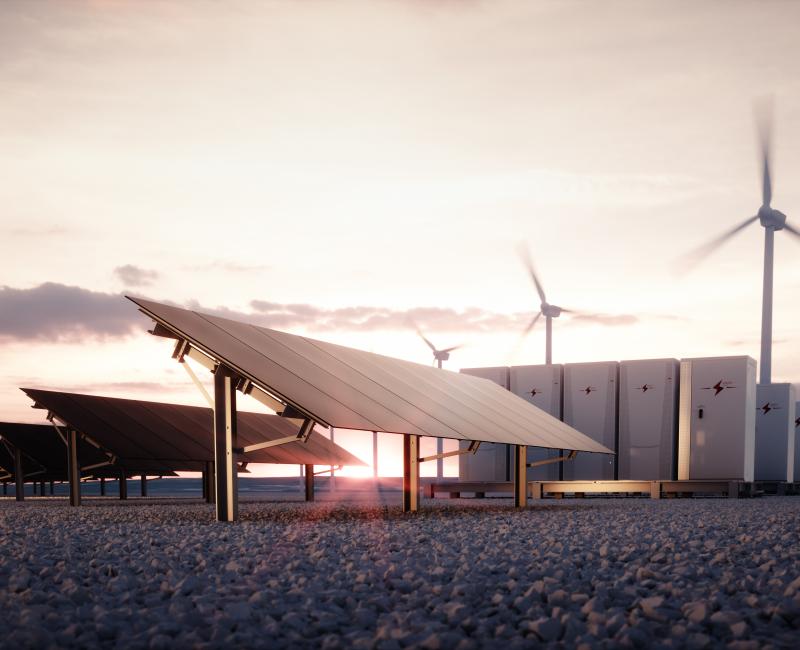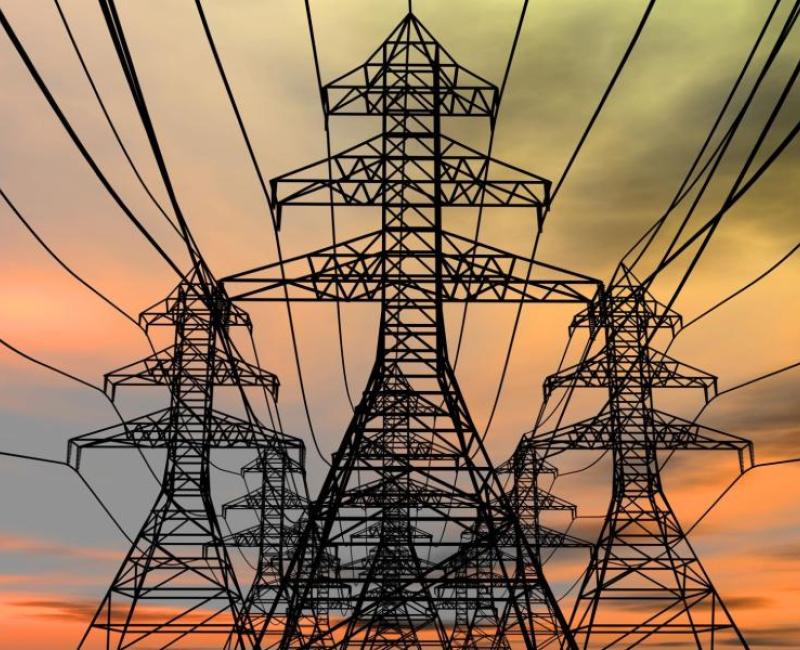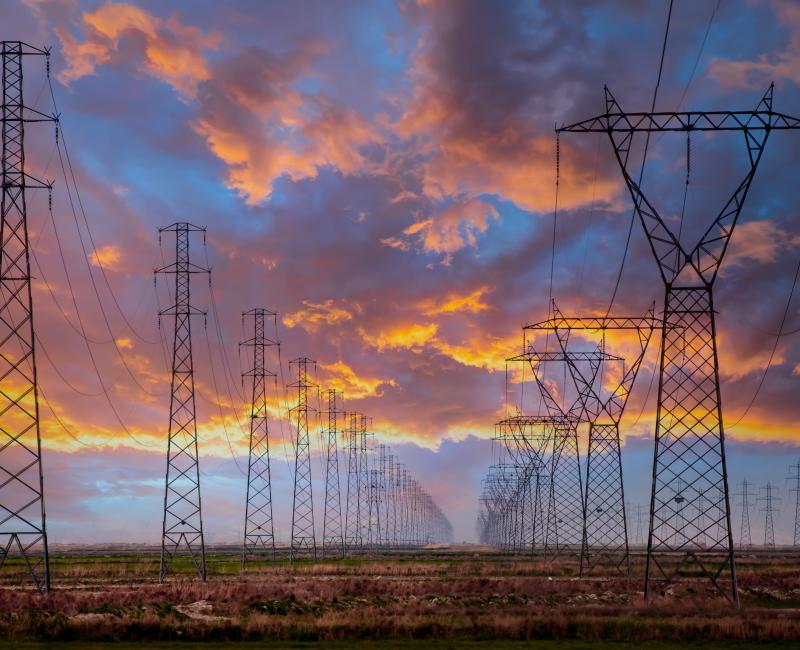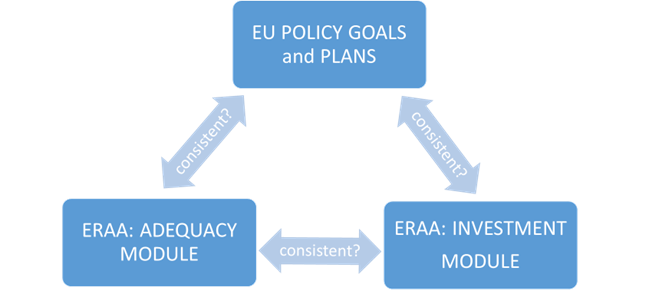ACER’s monitoring finds much at stake as grid operators are still far off making 70% transmission capacity available for cross-zonal electricity trade

ACER’s monitoring finds much at stake as grid operators are still far off making 70% transmission capacity available for cross-zonal electricity trade
What is it about?
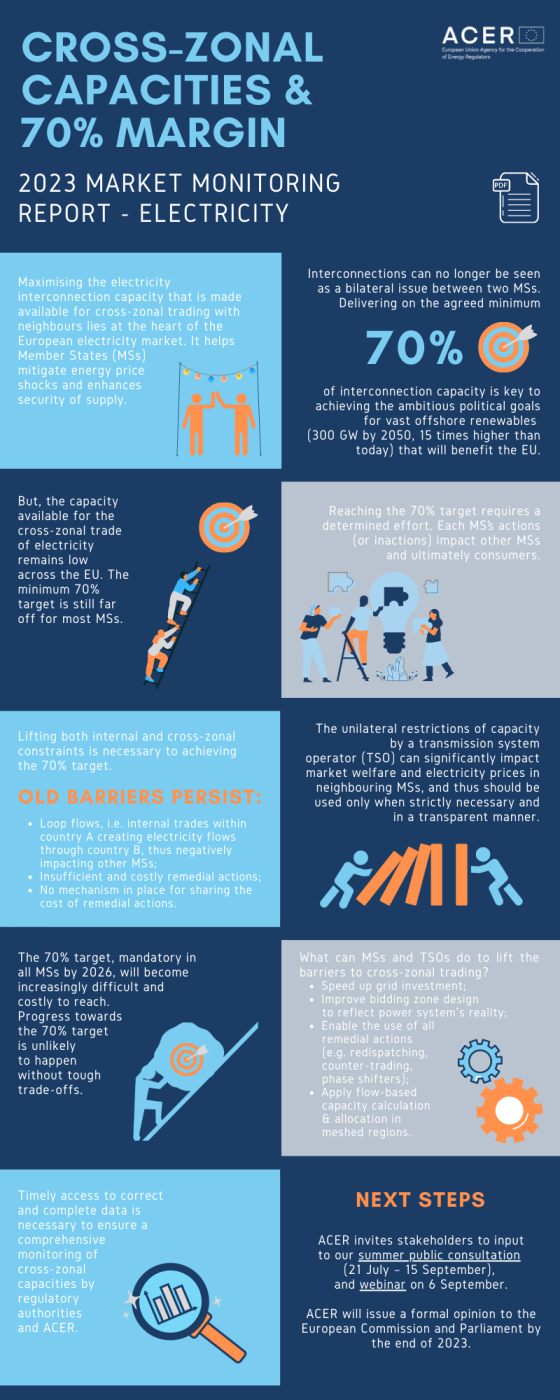
EU rules require grid operators to make a 70% minimum amount of capacity on interconnectors available for electricity trading with neighbours by the end of 2025. It is ACER’s job to monitor how Member States are doing on reaching this 70% target, but ACER’s monitoring finds that the target is still far off.
ACER is inviting feedback on its monitoring report and holding a webinar to discuss its conclusions (together with the recently published Emergency Measures report) on 6 September.
Why is reaching the minimum 70% target important?
- Delivering on the agreed minimum 70% target of interconnection capacity is crucial to achieving the ambitious political objectives set for renewable generation.
- Reaching the 70% target will:
- ensure security of supply;
- mitigate price volatility; and
- provide key flexibility to the market.
- Building new lines is difficult and environmentally challenging: The 70% target allows for a more efficient use of existing lines.
- The 70% target will become increasingly difficult and costly to reach. Progress towards the 70% target is unlikely to happen without tough trade-offs.
What is the report about?
- Highlights the need for maximizing cross-zonal trading to reach the EU’s clean energy goals;
- Evaluates progress towards achieving the 70% target by the end of 2025;
- Analyses the main barriers to cross-zonal trading and outlines what Member States and Transmission System Operators (TSOs) can do to lift them; and
- Illustrates the impact on welfare and on price spikes of offering low cross-zonal capacity levels in day-ahead electricity markets.
What are the key findings?
- Interconnection capacity available for cross-zonal trade of electricity remains low across the EU. The minimum 70% target of interconnection capacity is still far off for most Member States.
- Reaching the 70% target is a collective effort: Each Member State’s actions (or inactions) impact other Member States and ultimately consumers.
- Lifting both internal and cross-zonal constraints is necessary to achieving the 70% target. Old barriers persist:
- Loop flows, i.e., internal trades within country A creating electrical flow through country B, thus creating congestion;
- Insufficient and costly remedial actions;
- No mechanism in place for sharing the cost of remedial actions.
What are the next steps?
- ACER’s public consultation (from 21 July to 15 September 2023) invites stakeholders’ views on the findings of the ACER monitoring report.
- ACER’s webinar (6 September 2023) presents and discusses the report’s conclusions (and the recent ACER report on Emergency Measures).
- Based on the findings of the report and stakeholders’ input, ACER will issue a formal opinion, on capacity available for cross-zonal electricity trade, to the European Commission and European Parliament by the end of the year.
Access the ACER Report on cross-zonal capacities and the 70% margin available for cross-zonal electricity trade.
Access the Report's infographic.

